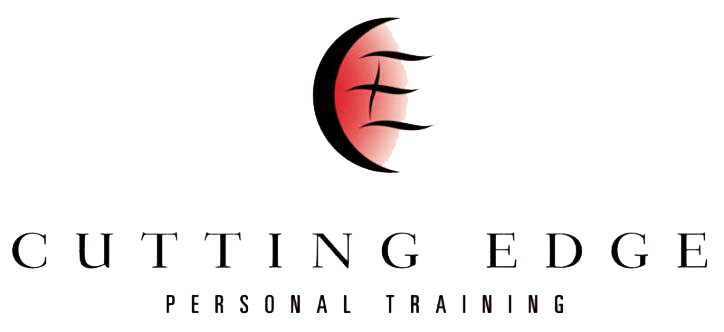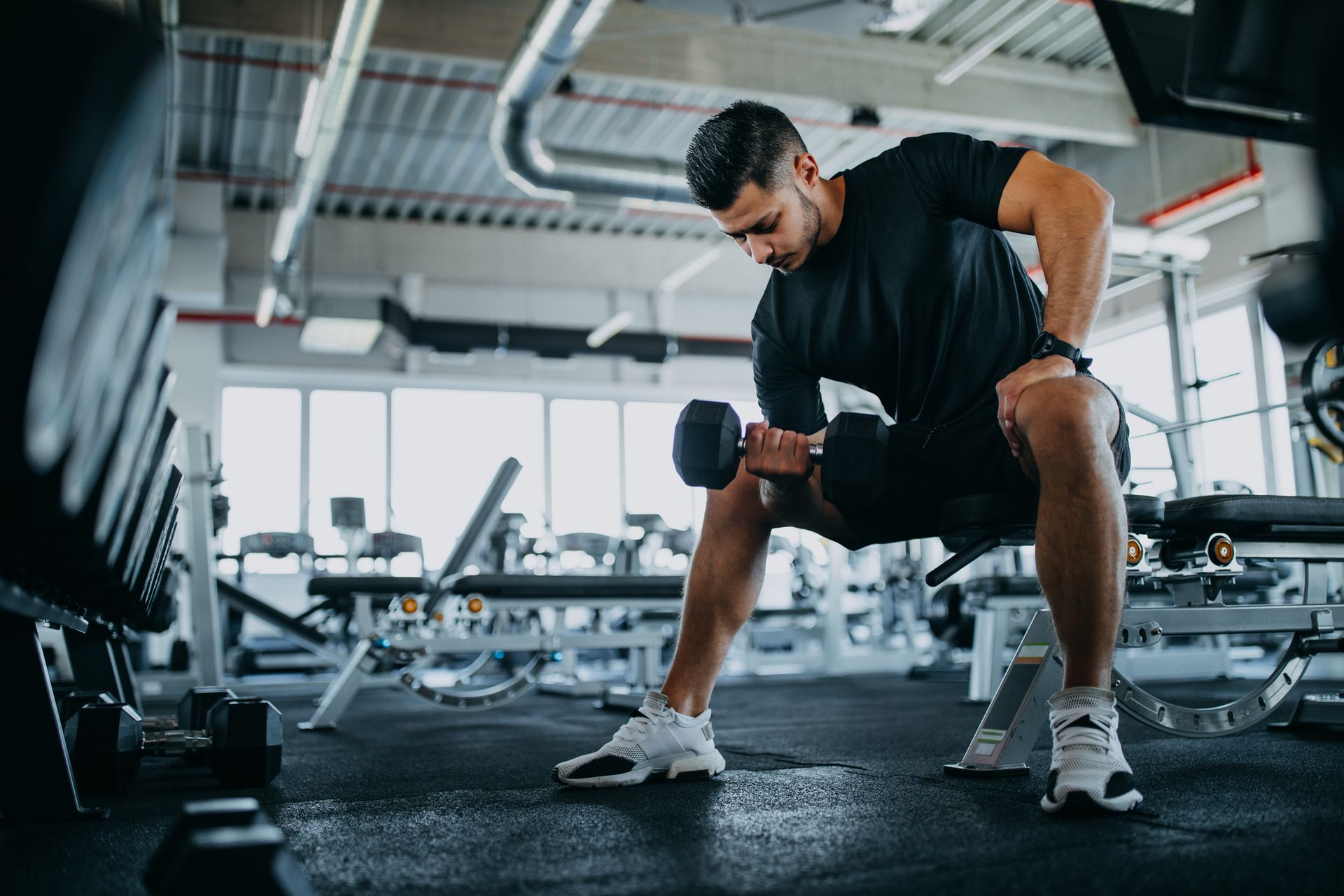January 8, 2025
How to Stick to Your New Year Fitness Resolutions
Sticking to Your 2025 Resolutions in the New Year
New Year’s fitness resolutions are easy to set but notoriously hard to keep. As January turns into February, life’s demands start creeping in, and what began as an enthusiastic commitment often fizzles out. Sound familiar?
While not an absolute, for many the secret to success lies in building a morning routine—one that becomes as automatic as brushing your teeth. Morning workouts have a unique advantage: they give you an immediate sense of accomplishment and remove many of the excuses that pop up later in the day.
As a personal trainer in Nashville, I’ve helped countless clients stay on track by building sustainable habits, regardless of what time of day you can work out. Here’s how you can stick to your New Year fitness resolutions with a routine that lasts.
1. Set Realistic Expectations and Goals
One of the biggest mistakes people make with their resolutions is expecting overnight success. The truth? Sustainable fitness progress takes time and patience.
Break your goal into manageable segments:
- Short-term goal: Commit to three workouts per week for your first month.
- Medium-term goal: Build consistency over three months and gradually increase intensity or frequency.
- Long-term goal: Aim for six months to a year of steady progress—whether that’s improving strength, endurance, or overall fitness.
By setting clear, realistic milestones, you’ll celebrate small wins along the way and avoid burnout.
2. Start Small and Build Gradually
When motivation is high, it’s tempting to overhaul everything at once—workouts, clean eating, and more quality sleep. But that “all-in” approach often leads to exhaustion and frustration.
Instead, start small and build momentum:
- Week 1: Get to the gym 2-3 times—no pressure to go all out.
- Week 2: Add one healthy habit, like prepping a nutritious breakfast or drinking more water.
- Week 3: Extend your workouts slightly or add an extra session.
Progress happens in layers. Taking a gradual approach helps you avoid overwhelm while building habits that stick.
3. Prepare the Night Before
Your next day success begins the night before. Especially if you’re waking up early to workout, even minor obstacles can derail your plans. Remove those hurdles by:
- Laying out your workout clothes.
- Packing your gym bag with essentials (shoes, water bottle, headphones).
- Setting your alarm and placing your phone in your running shoes by the bed.
This last trick is a game-changer: when your alarm goes off, reaching for your phone means physically touching your workout gear. It’s a small but powerful cue to get moving.
4. Adjust Your Bedtime
Even if you’re waking up earlier to workout, it doesn’t mean sacrificing sleep. Consistent energy requires quality rest, so shift your bedtime earlier.
- Set a “wind-down alarm” 30 minutes before bed.
- Power off screens and dim the lights.
- Avoid stimulating activities (emails, social media, TV) late at night.
Over time, your new bedtime will feel natural, and waking up won’t feel like such a struggle.
5. Build Accountability
Accountability can make or break your consistency. Here’s how to hold yourself to your commitment:
- Sign up for a class: Booking a workout makes it harder to hit snooze, especially if there’s a cancellation fee.
- Work with a personal trainer: As a Nashville personal trainer, I’ve seen firsthand how even one session per week provides structure, motivation, and a tailored plan to keep you on track.
- Find a workout buddy: Knowing someone is counting on you adds an extra layer of motivation.
Having external commitments pushes you to show up, even on days when you’d rather stay in bed.
6. Go, Even When You Don’t Feel Like It
Here’s a truth about habits: motivation won’t always be there. On those days when you’re tempted to skip, remind yourself that showing up is the hardest part.
If you’re genuinely unwell, make a conscious choice the night before to rest and reset your alarm. Otherwise, push through, even if it’s a light workout—because skipping today makes it easier to skip tomorrow.
7. Track Your Progress and Celebrate Wins
Tracking your workouts is a powerful way to see your progress and stay motivated. Use a fitness app, journal, or simple notes to record your:
- Workouts (exercises, weights, reps, time).
- Improvements in strength, stamina, or consistency.
Every small milestone deserves recognition. Whether it’s your first month of consistent workouts or a new personal best, celebrate the effort. These moments reinforce your commitment and fuel your momentum.
Final Thoughts
Sticking to your New Year fitness resolutions isn’t about being perfect; it’s about showing up consistently. Some days will be harder than others, but with realistic goals, a solid plan, and patience, your workouts will become a habit that serves you all year long.
If you’re ready to make 2025 the year you crush your fitness goals and need support along the way, I’m here to help. As a dedicated fitness trainer in Nashville, as well as an online fitness coach, I design programs that fit your life and deliver results.
Ready to make this year different? Let’s talk about your goals.





